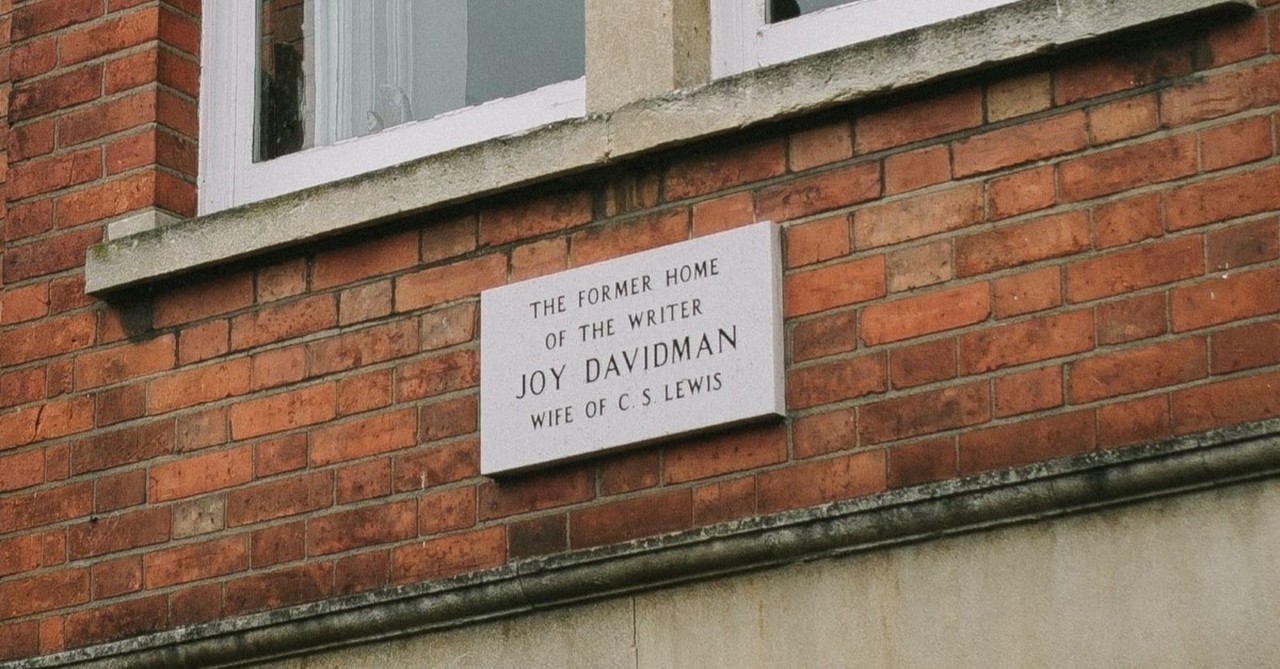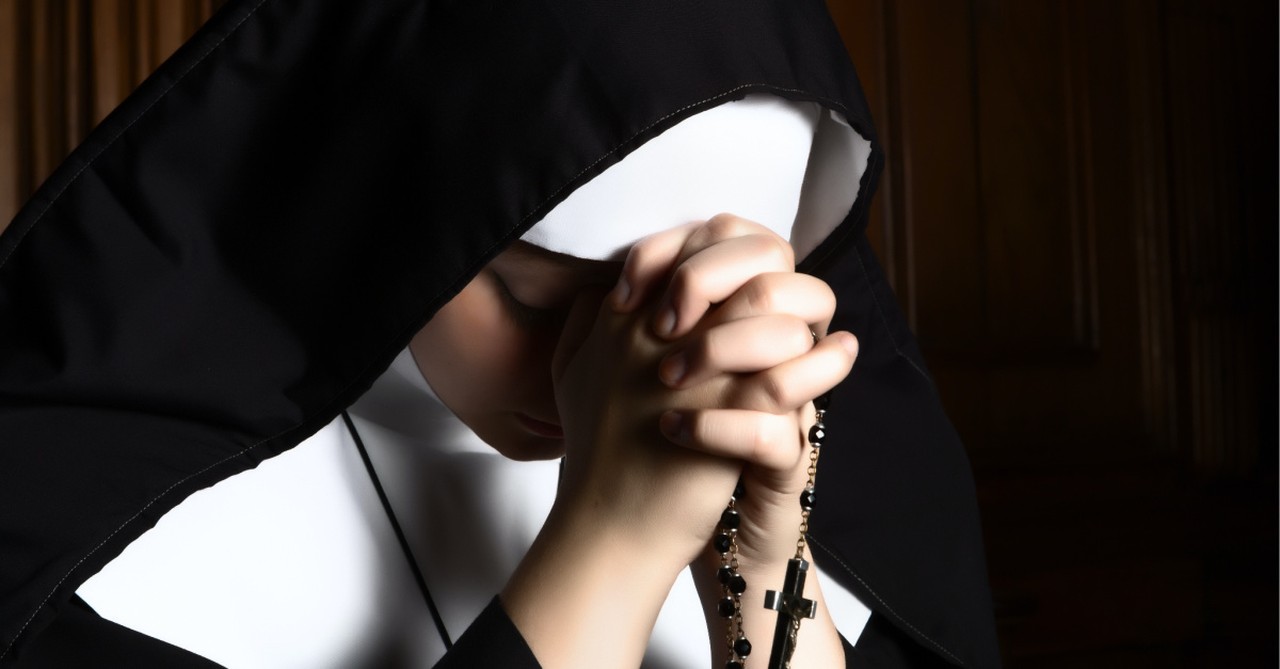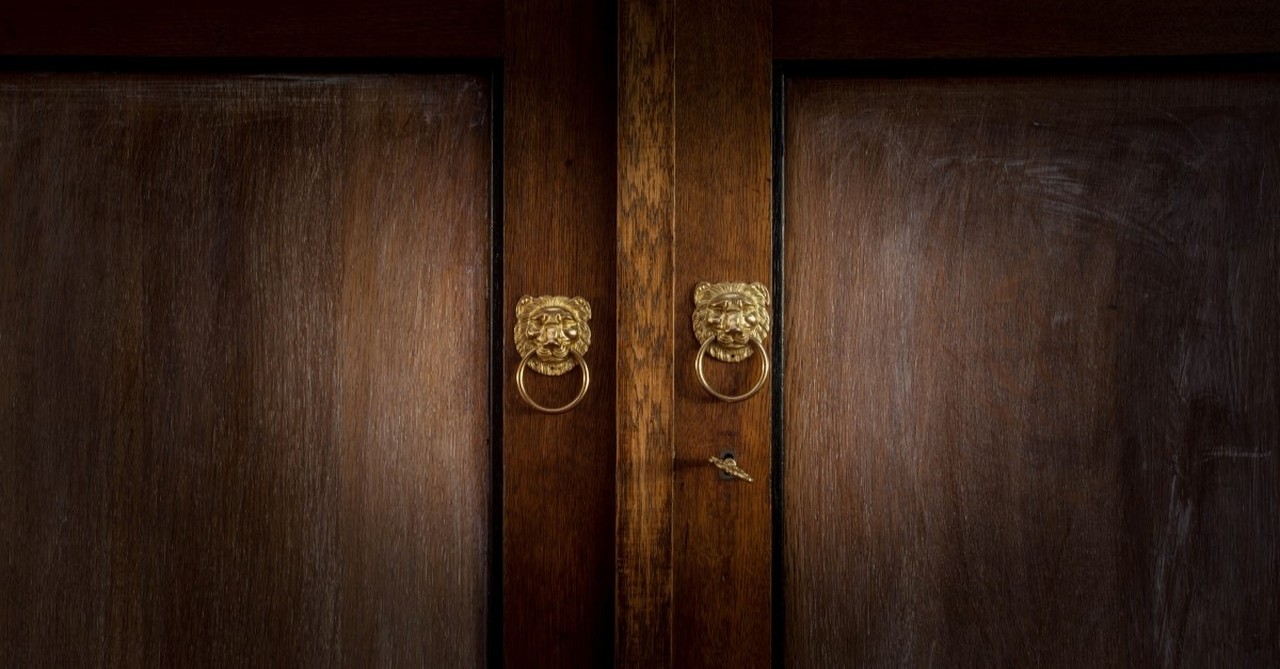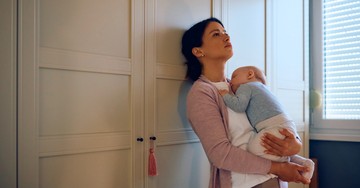5 Christian Women Who Influenced C.S. Lewis

C.S. Lewis was one of the twentieth century's greatest writers. Not many people talk about how Lewis related to women—how he tutored various female students at Oxford and Cambridge, and various female authors who knew or influenced him.
Five brilliant female authors were particularly important to Lewis’ life and writing. So who were they?
Further Reading: Who Were the Inklings Besides C.S. Lewis and J.R.R. Tolkien?
Photo Credit: ©Getty Images/Eerik
How Did Ruth Pitter Influence Lewis?
How Did Ruth Pitter Influence Lewis?
SLIDE 1 OF 6
Lewis' scholarly specialty was medieval and Renaissance literature, and he preferred medieval poetry. He famously disliked modernist poet T.S. Eliot's work (although they became friends in later years). However, one modern poet Lewis enjoyed was Ruth Pitter (1897-1992). Lewis appreciated Pitter's technique and how she conveyed important human emotions and truths about what it means to be human.
C.S. Lewis discovered Pitter's poetry after friend and fellow Inkling, Lord David Cecil, recommended her work to him in 1941. Pitter discovered that Lewis enjoyed her poetry through a 1943 letter Cecil sent her. A mutual love for poetry became the bedrock of their friendship.
While they knew each other's work before meeting in person in 1945, Lewis had already significantly affected her life. Pitter found herself in a crisis in 1943. The toil of World War II and long days of factory work depressed her. One day, while standing on a bridge, Pitter remembered when she heard Lewis' radio broadcast on the BBC. During World War II, Lewis gave radio talks on suffering, sin, and the theological virtues of faith, hope, and love. These radio talks became the basis for Lewis' book Mere Christianity, published in 1952.
Lewis' message of Christian hope gave Pitter solace and helped her embrace something more than the nominal faith she grew up with. Becoming a fully committed follower of Jesus changed Pitter's life.
Pitter's poetry did not just receive Lewis' appreciation. Her 18 volumes of verse gained many readers and praise from critics. In 1955, Pitter won the Queen's Golden Medal award for her poetry, becoming the first female author to win such an award. One of her best-known books is The Ermine.
Lewis invited Pitter to have lunch with him, Hugo Dyson, and other members of the Inklings in 1946 in Oxford at Magdalen College. Lewis' hospitality to Pitter showed how much he respected her as a poet, particularly since he and the Inklings had no female members.
Further Reading: 10 Great Movies about C.S. Lewis and the Inklings
How Did Dorothy L. Sayers Influence Lewis?
How Did Dorothy L. Sayers Influence Lewis?
SLIDE 2 OF 6
Sayers was a prolific writer of detective fiction, a lay theologian, a Dante scholar who translated The Divine Comedy into English, and one of the first women to receive a degree from Oxford University. Though Sayers grew up in a Christian home, reading G. K. Chesterton's Orthodoxy in 1909 helped her faith come alive.
A letter correspondence began with Dorothy Sayer and Lewis in 1942. Sayer's fan letter stood out to Lewis for her intellect and wit. Lewis invited Sayers to have lunch with him in Oxford, and she was delighted by his company.
Lewis particularly admired Sayers' play The Man Born To Be King, originally recorded on the BBC and broadcast in 1941-1942. He read it every year.
The two authors influenced each others' work in various ways. Sayers encouraged Lewis to write a book about miracles, and his book Miracles appeared in 1943. They were both lay theologians and fiction writers concerned about staunch materialism and shallow nominal Christianity influencing the public. To combat these concerns, Lewis and Sayers communicated the Christian theological virtues of faith, hope, and love through fiction, non-fiction, and poetry. Sayers especially communicated these ideas in her 1941 book on the correlation between theology and artistic creativity, The Mind of the Maker. Sayers sought to convey the excitement of the Christian journey and the importance of art in the Christian life.
Sayers also became friends with Inkling Charles Williams and credited him with inspiring her Divine Comedy translation. When Williams passed away in 1945, Sayers contributed to the 1947 essay collection Essays Presented To Charles Williams.
While they were good friends, Sayers and Lewis did not agree on everything. In 1948, Lewis asked if Sayers would contribute a piece about the ordination of women in the Church of England, and Sayers declined. Sayers disagreed with Lewis' view about women being unable to be ordained. Though they disagreed, they kindly respected their different views. Despite their disagreements, Sayers profoundly impacted Lewis' writings, and her friendship with him was a great source of encouragement.
Further Reading: 10 Things You Need to Know about Dorothy L. Sayers
How Did Joy Davidman Influence C.S. Lewis?

How Did Joy Davidman Influence C.S. Lewis?
SLIDE 3 OF 6
Joy Davidman first met Lewis in 1952 after corresponding for two years. She learned about his work in 1949, and his books The Great Divorce and The Screwtape Letters influenced her conversion from atheism to Christianity. In 1950, her friend Chad Walsh encouraged her to write to him.
Initially, Davidman wrote to Lewis about The Great Divorce. Her letter stood out to Lewis because of her intellect and started a warm friendship. After divorcing Bill Gresham in 1954, she moved to England with her sons, David and Douglas. Lewis legally married Davidman in 1954 to become a British citizen—her past affiliation with the American Communist Party meant her visa was due to expire.
Davidman became a valued critique partner to Lewis, including giving feedback on his novel Till We Have Faces. Lewis was in a creative rut, worried that his creative gifts were waning and unsure about the story's concept. With Davidman's help, he finished the book. Till We Have Faces was published in 1956 and dedicated to her.
While the civil union was initially for legal reasons, their relationship blossomed into love—at a surprising time. In 1956, Davidman was diagnosed with bone cancer and given not long to live. After the Bishop of Oxford refused to perform a marriage ceremony because of Davidman's divorce, Lewis sought out his former pupil, Peter Bide. Bide was an Anglican priest, also reputed to have a gift for healing. Bide married the couple in the hospital and prayed blessing over her. Davidman entered remission, and the couple had four happy years together in the Kilns. Sadly, Davidman's cancer returned, and she died in 1960.
After Davidman's death, Lewis began a book that would be his most personal work. Writing A Grief Observed helped Lewis process the anger, existential doubts, and great loss of losing a spouse. The book, published in 1961 under the pseudonym N.W. Clerk, has helped many grieving people worldwide find healing and hope.
Davidman wrote many books of her own—including the theology book Smoke On The Mountain, the poetry collection Letter To A Comrade, and the novel Anya. In 2017, Lewis scholar Don W. King published A Naked Tree, a collection of Joy's love sonnets written to Lewis. He also edited Out of My Bone, a book of Joy's collected letters.
Further Reading: What Do We Know about C.S. Lewis' Wife Joy Davidman?
Photo Credit: Lina Kivaka/Pexels.com
How Did Sister Penelope Influence Lewis?

How Did Sister Penelope Influence Lewis?
SLIDE 4 OF 6
Sister Penelope Lawson was an Anglican nun who lived at St. Mary the Virgin convent at Wantage, Englan. She wrote many books, including translating St. Athanasius' On The Incarnation and writing an autobiography, Meditations of A Caterpillar.
After reading his sci-fi novel Out of the Silent Planet, Sister Penelope wrote a letter to Lewis in 1939. The letter started a lifelong friendship between the two thinkers—their letters continued for over 24 years. Lewis' next sci-fi novel, Perelandra, was dedicated to Sister Penelope and the nuns she lived with. The sisters were amused to hear a mistake happened with the Portuguese translation: the dedication mistakenly read "to some wanton ladies" instead of "to some ladies at Wantage."
Further Reading: Why Should You Read C.S. Lewis' Space Trilogy?
Photo Credit: ©Getty Images/Studio Annika
How Did Jill Freud Influence C.S. Lewis?

How Did Jill Freud Influence C.S. Lewis?
SLIDE 5 OF 6
Jill Freud (born June Flewitt) was one of several children who came to live at the Kilns in 1943 when WWII bombings threatened London. Before coming, Jill had read some of Lewis' works, and he became her favorite author. Jill helped out with domestic duties with Mrs. Moore and eventually came to find out that Lewis was the owner of the home. While living at the Kilns, Lewis encouraged Jill in her artistic pursuits. A popular anecdote states that Jill or another one of the children staying at the Kilns asked about the wardrobe upstairs, and Lewis joked about it having a magic land in it, which became a key inspiration in his writing The Lion, The Witch and the Wardrobe.
Lewis' influence continued after meeting Jill as a child. When Jill could not afford to attend acting school to pursue her acting dream, Lewis paid for her education. She became quite an accomplished actress after graduating from The Royal Academy of Dramatic Arts and married Clement Freud, the grandson of Sigmund Freud. Years later, Jill discovered from Lewis' stepson Douglas Gresham that she was one of the inspirations for Lucy Pevensie in The Chronicles of Narnia.
Further Reading: What Should You Know about C.S. Lewis' Stepson Douglas Gresham?
Photo Credit: © Getty Images/cerro_photography
10 Books About The Women That Influenced C.S. Lewis

10 Books About The Women That Influenced C.S. Lewis
SLIDE 6 OF 6
These books, some nonfiction and some historical fiction, provide more details about the women that Lewis knew and their impact on his life or writings.
1. Women and C.S. Lewis: What His Life and Literature Reveal for Today's Culture edited by Carolyn Curtis
2. Becoming Mrs. Lewis: The Improbable Love Story of Joy Davidman and C.S. Lewis by Patti Calahan
3. Hunting the Unicorn: A Critical Biography of Ruth Pitter by Don W. King
4. Once Upon a Wardrobe by Patti Calahan
5. Dorothy and Jack: The Transforming Friendship of Dorothy L. Sayers and C.S. Lewis by Gina Dalfonzo
6. Dorothy L. Sayers: A Biography: Death, Dante, and Lord Peter Wimsey by Colin Duriez
7. Out of My Bone: The Collected Letters of Joy Davidman by Don W. King
8. Joy: Poet, Seeker, and the Women Who Captivated C.S. Lewis by Abigail Santamaria
9. Yet One More Spring: A Critical Study of Joy Davidman by Don W. King
10. Women Among the Inklings: Gender, C.S. Lewis, J.R.R. Tolkien, and Charles Williams by Candice Fredrick and Sam McBride
Photo Credit: ©Getty Images/Viorika
Justin Wiggins is an author who works and lives in the primitive, majestic, beautiful mountains of North Carolina. He graduated with his Bachelor's in English Literature, with a focus on C.S. Lewis studies, from Montreat College in May 2018. His first book was Surprised by Agape, published by Grant Hudson of Clarendon House Publications. His second book, Surprised By Myth, was co-written with Grant Hudson and published in 2021. Many of his recent books (Marty & Irene, Tír na nÓg, Celtic Twilight, Celtic Song, Ragnarok, Celtic Dawn) are published by Steve Cawte of Impspired.
Wiggins has also had poems and other short pieces published by Clarendon House Publications, Sehnsucht: The C.S. Lewis Journal, and Sweetycat Press. Justin has a great zeal for life, work, community, writing, literature, art, pubs, bookstores, coffee shops, and for England, Scotland, and Ireland.
Originally published November 06, 2023.









